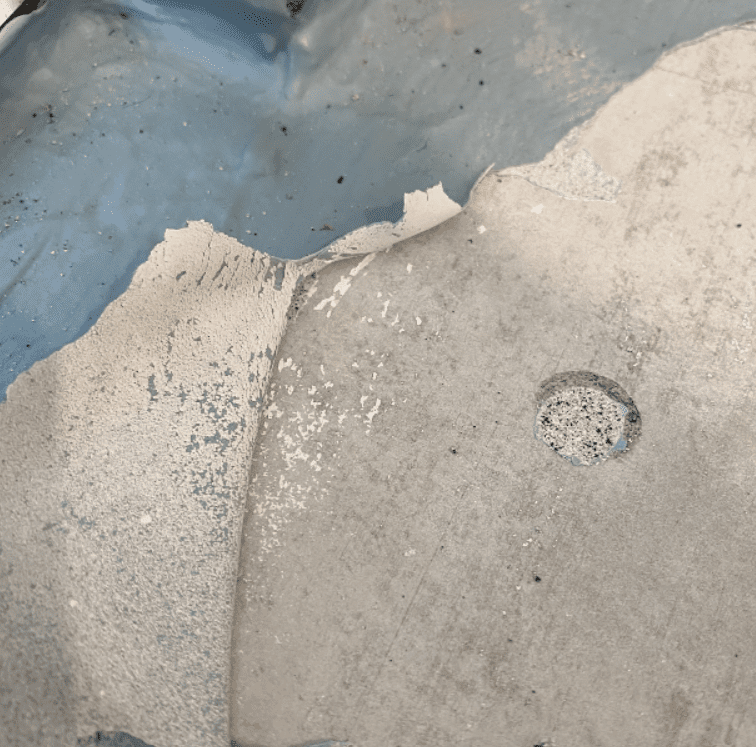Insurers have different approaches to the way they cover issues of faulty workmanship. This is particularly relevant for contractors who commonly work on or around other people’s property. Which cover is the right one depends on the type of work you’re doing.
It is worth noting up front that this area of insurance can be extremely complicated. The specific detail of policy wordings, as well as the unique circumstances of every claim, play into whether an event may be covered or not. This means the claim process can become quite legalistic in some cases, turning on the intent, definition or interpretation of specific words.
Defective Workmanship
The Defective Workmanship extension to a public/general/broadform liability policy typically protects the policyholder from claims related to defects in the work they have performed. This can include issues such as faulty construction or poor-quality work that exceeds acceptable tolerances.
Some insurers require that physical damage have been caused before a claim is triggered. The policy will then repair the damage and fix the defects that caused it.
For example, if a contractor installs a faulty electrical system that causes a fire, a defective workmanship extension might help cover the costs of repairing the damage and any resulting legal claims.
Other insurers don’t require actual physical damage before a claim for defective workmanship can be made.
In both cases, a defect must (among other things):
- be something that is faulty, defective or fails to perform its function
- be unexpected and unintentional when it was created
- be in something you have built or supplied to your customer
- only arise after you have completed and handed over the work to your customer
To be clear, defects that arise before you have completed the contract are not covered by liability insurance. During the construction process, it is the contractor who is responsible for remedying defects and damage, so the customer hasn’t suffered any loss that would trigger a liability claim. Accidental damage during construction should be covered by contract works insurance. Unfortunately, contract works insurance excludes defective workmanship (although it will still cover resultant damage that flows from the defect). Effectively, there is no insurance cover available for defective workmanship during the course of construction.
A defective workmanship extension may be automatically included or can be added as an option for some trades. For other trades, it may be excluded, depending on the risk profile and historical claim costs from particular occupations.
Property Being Worked On
This is specifically designed to cover damage to third-party property that is or was being worked on during the contract.
For example, during a bathroom renovation, the plumber forgets to crimp a connection for the shower. The walls are then sealed, waterproofed and tiled. Only during subsequent testing is a water leak discovered, with the water causing damage to the downstairs ceiling and walls. It is the property being worked on extension that kicks in to remove the tiles, repair the pipe connection and waterproof and re-tile, up to the sub-limit in the policy (usually $100,000). The resultant damage to the downstairs walls and ceiling is covered by the main policy wording, up to the main policy limit.
Depending on which insurer you’re with your policy may include one or both of the above cover extensions, or neither. There are lots of exceptions and exclusions that can apply to various circumstances, so each individual claim has to be assessed on its own merits.
There are also many other factors that go into deciding which cover is best overall for any particular trade or individual business. In some cases, cover may be available under one policy that is not available in another, and vice versa. This means there’s always a risk that in opting for one option, the policyholder is forgoing different cover available from another insurer. A claim may be declined by one insurer that might be covered by a different one, and the reverse applies too.
Building Defects Exclusion (Water Penetration)
Neither of the above coverages will override the blanket exclusion in all public liability policies for claims arising from water penetration, mould, rot or gradual deterioration.
Defective Design & Materials Exclusion
Cover for defects in design and materials are not covered by public liability insurance.
In a Nutshell
Defective workmanship cover focuses on protecting the party responsible for the work from claims related to the quality of the work performed. Property being worked on cover is intended to protect the property itself from damage or loss during the construction or renovation process. Both types of cover are important for contractors, with each being more or less critical depending on the trade and type or work being performed.



